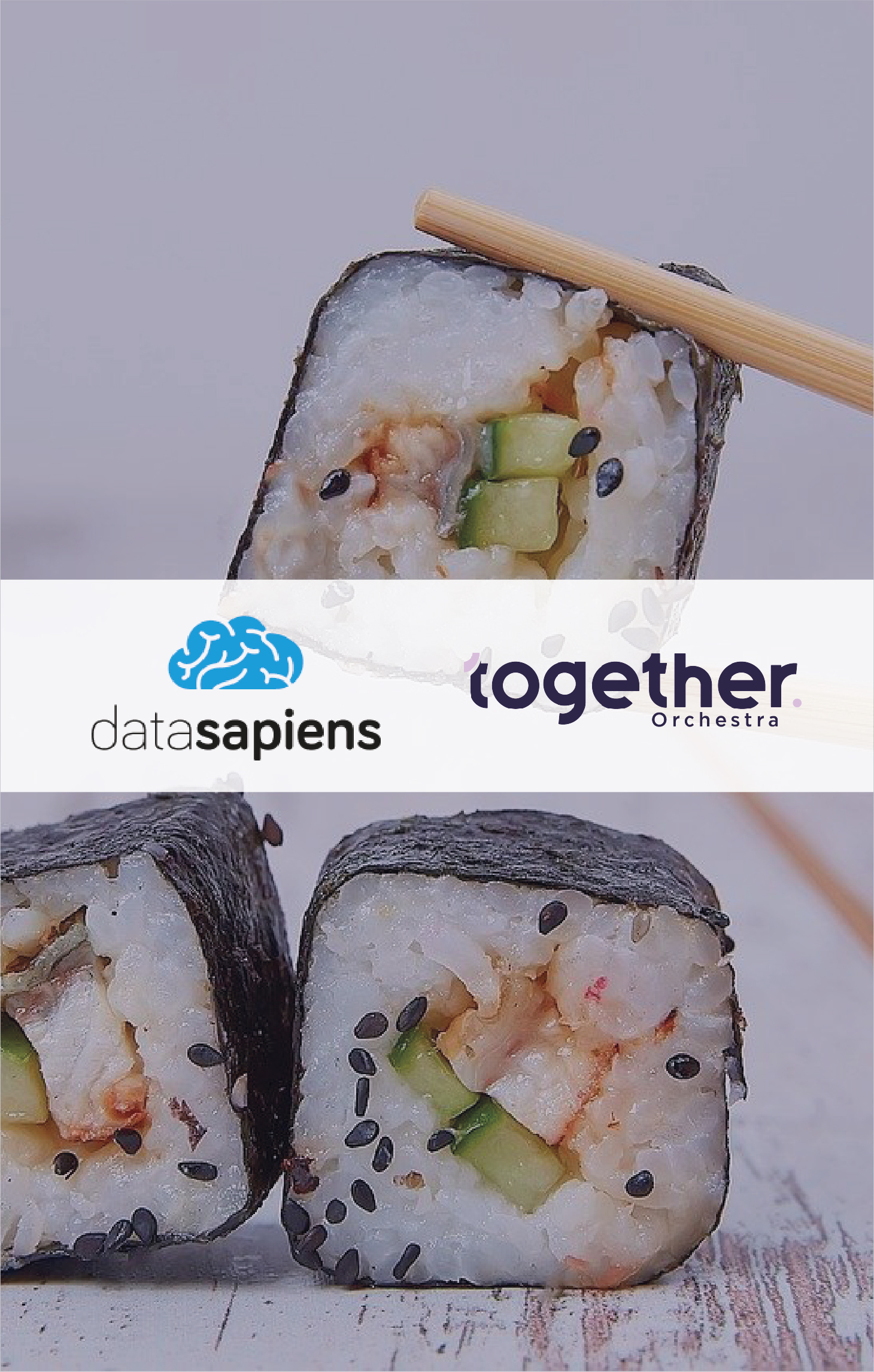The Beginning of Sushi – Datasapiens – Together Orchestra
Share
The Beginning of Sushi – Datasapiens – Together Orchestra
Share

The principle of sushi is based on the idea that raw data is better than cooked data, just as raw fish is better than cooked fish in sushi. With raw data, the data is the ingredient, which means you can cook it as many different ways as you want, as many times as you want.
The sushi principle in action
Let's say a retailer wants to understand the sales performance of a particular product category. They have access to a large data set that includes information about individual transactions, including the product purchased, the customer's purchase, the store location, and the date and time of the sale.
Practical examples
Many reputable companies analyze their data according to the sushi principle. You may have stumbled upon it without even realizing it.
Netflix
The company uses raw data to personalize its recommendations for each user. Analyzing each user's viewing history, search queries and ratings. Netflix can suggest movies and TV shows tailored to your unique preferences.
Uber
By analyzing real-time data, Uber optimizes its pricing, route planning, and driver dispatch. Uber can analyze each driving request and then make decisions optimized for your business goals.
Airbnb
Airbnb may use your search history, booking behavior, and reviews. Then, thanks to this data, they can suggest listings that fit the user's unique preferences.
What are the key benefits of an analytics platform that upholds the sushi principle?
1) Flexibility
100% Disaggregated Data. One of the main benefits of the sushi principle is that it provides 100% disaggregated data. This approach to data analysis can be beneficial for retailers or pharmacies. It gives them a more detailed understanding of their customers, products and sales.
2) Speed
Design knowledge as you go. Analysts can extract information without the need for time-consuming data preparation or cleaning, adjusting the analysis as they go. For retailers or pharmacies, this is very valuable. It allows them to respond quickly to changing market conditions or product trends, gaining valuable insights in seconds instead of days.
3) Iteration
The sushi principle also encourages iteration. You can explore the data and try different approaches until you get to the root cause. For example, it allows retailers to identify the underlying causes of problems, such as low sales or customer churn.
4) Accuracy
Working with raw, disaggregated data can also improve the accuracy of insights. Preprocessed or summarized data can sometimes obscure essential details or mask outliers. Organizations can avoid these problems by analyzing raw data and ensuring accurate information.
In conclusion, the sushi principle allows real-time analysis, shortening the cycle between knowledge and action. It has allowed us to build what is probably the fastest, real-time insights platform, leveraging truly disaggregated customer data.
Let's speed up your decision making today!
see more at www.datasapiens.com
